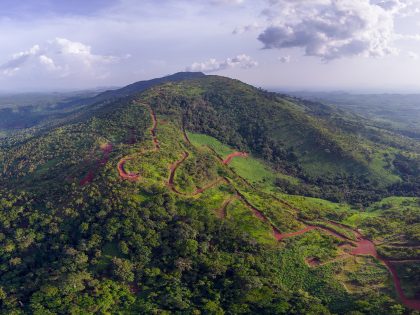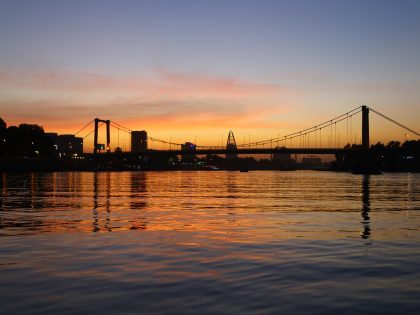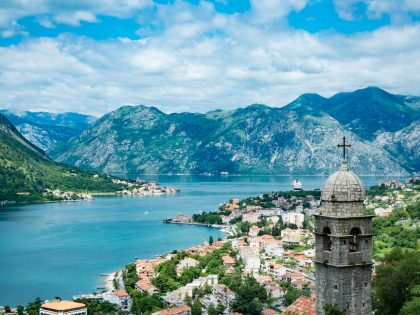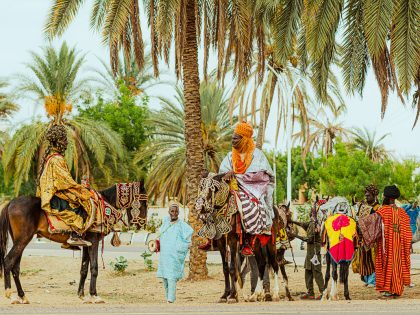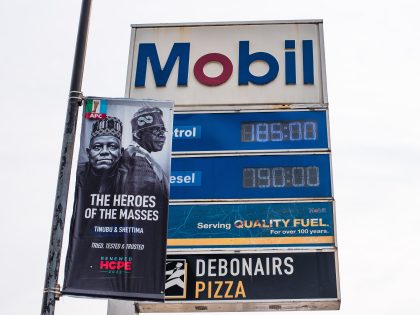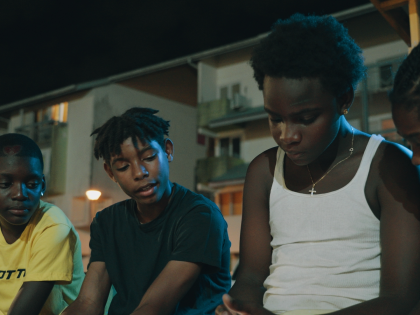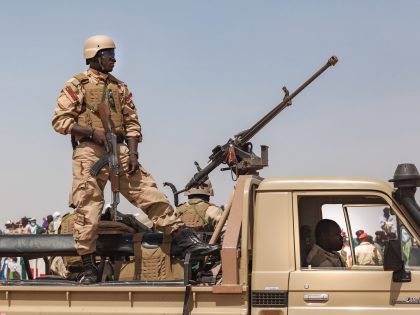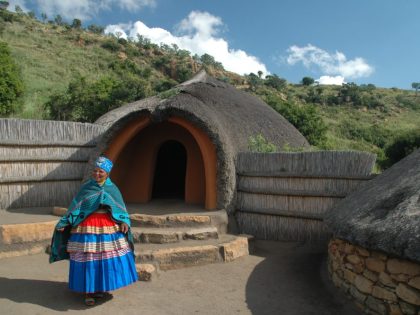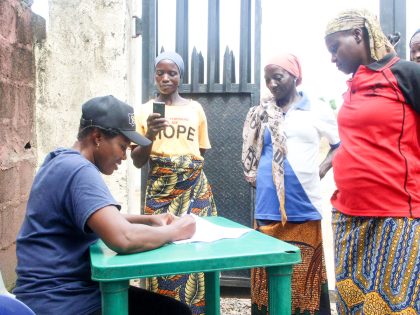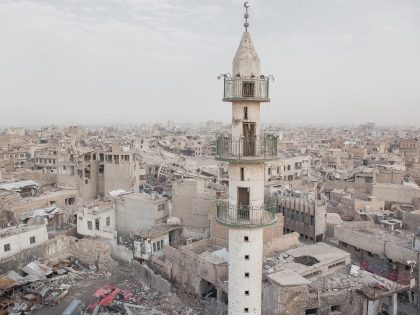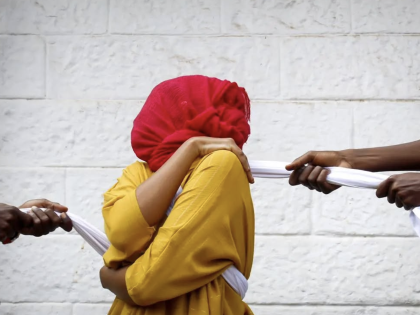What next for Zimbabwe?

This Flag in Cape Town. Image via Wikipedia.
Zimbabwe is going through an evolution, not a revolution. Over the past few weeks, pundits and analysts alike have debated about the future of the country’s nascent citizen movement. In a widely circulated post, the academic Blessings Miles Tendi cautioned against premature optimism, and listed the lack of a united opposition movement, the limited activist base of young middle class urbanites, and underestimating the role of the country’s military (still loyal to President Robert Mugabe) as key factors determining the movement’s fate in future. Meanwhile, Pastor Evan Mawarire (he made the viral #ThisFlag video that kickstarted the protests in Zimbabwe and its diaspora), is possibly in exile in the United States. Nevertheless, #ThisFlag managed to mobilize thousands of Zimbabweans for a national stayaway in June 2016 and tap into people’s simmering disappointment with the ruling Zanu-PF.
#ThisFlag is obviously not the first time that Zimbabweans have raised their voices. On and off over the past two decades, the people have repeatedly expressed their displeasure with the status quo. For much of the early 2000s they rallied behind the Movement for Democratic Change (MDC), a coalition of trade unionists and civil society movements. Although the MDC and its allies were subjected to various forms of political repression, its electoral successes forced ZANU-PF into a Government of National Unity (GNU) in 2009. The GNU was, however, disbanded in 2013 when President Mugabe’s ZANU-PF won the elections with results questioned by many observers. But the election also exposed organizational weaknesses within the opposition movement and the MDC. Similarly, there are questions about the strategic direction and ideological coherence of #ThisFlag. Whether the movement can sustain itself is an open question and we know that the hashtags will change, but the demands of Zimbabweans for change will only grow.
So, what is different this time around?
For one, the economic crisis brought about by the GNU between 2009–2013 deeply effected the middle class in Zimbabwe. The majority of people are underemployed or unemployed. Zimbabwe has a staggering unemployment rate of about 80%. Those with jobs are underpaid or have not received their salaries in months or, in some cases, years. Second, is the decline of the industrial sector. There are fewer factories and the majority of large companies that once employed thousands have shut down or drastically reduced production. This summer, I went looking for the famous Kingstons bookstore in Harare, only to learn from an older book vendor at one of the flea markets that Kingston’s closed its doors a few years ago. He had worked there as a manager, but since the shut down has been unable to secure a job and was left with no option but to vend books on the street. The former Longman Publishing House, was functioning at less than 50% of its earlier capacity. In July, the once vibrant tobacco floors were deathly quiet. Locals joked that even city robbers are avoiding the tobacco farmers. Third, it is clear that rural Zimbabweans, who constitute the majority, bear the brunt of the economic crisis. Rural voters also happen to be the largest voting block and support base for the ruling party.
I interviewed an 85-year-old grandmother, living in a small village deep in the valley of Masvingo, in the southeastern part of the country. Unlike most of her friends she is fortunate to have watched all eight of her children grow up, get married and have children. Until recently she had no reason to vote against ZANU-PF or question the way in which it has run the country. She lived through the brutality of the colonial regime and so was willing to give the “boys” – the freedom fighters of Zimbabwe’s liberation war – a chance to right things. She is still a farmer. Her silos are packed with maize, groundnuts and round nuts. She is not in danger of starving. However, in 2016, she is heartbroken that her university educated 45-year-old son, his wife and their five children have relocated home to share her compound. She is still holding on to buckets of Zimbabwean dollars that are now worthless and mourning the loss of her livestock: she sold all her cattle one by one to educate her children who, in their late forties and early fifties, still do not own homes. She has watched her children spend their income on her grandchildren’s education, only to have those grandchildren return home empty handed and jobless. Today, she is frightened by the prospect that the US$500 she has saved under her mattress since 2009, can overnight be rendered useless.
In the early 2000s the option to leave the country and seek employment or political asylum abroad, despite the prohibitive costs, appeared the most logical strategy. Today, however, it is harder for Zimbabweans to migrate, in part because of the wide spread anti-immigration rhetoric in their favored destinations (South Africa, Botswana and the UK) and tougher immigration laws. Furthermore, in the last few months the government has introduced import bans that make cross-border trading unprofitable and undesirable. The majority of Zimbabweans supplement their incomes by engaging in cross border trading, importing goods from South Africa and other nearby countries to sell to the local market. The local use of the US dollar allowed more traders to make a decent living wage. However, the ban on importing certain commodities has robbed a significant portion of the population of their livelihood.
Then there is the collective fear of bond notes. The dollar has been the primary currency since the introduction of a multi currency system in 2009. In early May 2016, the government announced it would introduce a local version of the dollar. Central Bank Governor John Mangudya explained that the bond notes would be backed by a US$200 million loan from the Africa Export/Import Bank and that the local currency would have the same value as the US dollar. The announcement was not well received. Fearing a repeat of the period of hyperinflation witnessed between 2005 and 2008, anti-bond notes campaigns (hashtag: #notobondnotes) have become one of the key rallying points for citizen protests against the government. Zimbabweans are afraid of losing the little savings they have built up following the introduction of the multi currency system and do not trust the government not to over print money.
Finally, tensions within the ruling party have boiled over into the public sphere. Sections of the war veterans (the soldiers who fought in the 1970s liberation war against white Rhodesia) have turned against the ruling ZANU PF and President Mugabe and the vice president, Emerson Mnangagwa, who some see as a successor to the current head of state, was forced to publicly respond to allegations that he may be too ambitious. The challenge for Zimbabwe’s opposition, as Tendi argued earlier, is “… is a well-thought-out and pragmatic approach to the [upcoming] 2018 election [for which Mugabe, now 92 has declared his candidacy again] – one that will unite civil society, the opposition parties, online activists, and urban and rural youth. That is the key to finding a new path ahead.”

